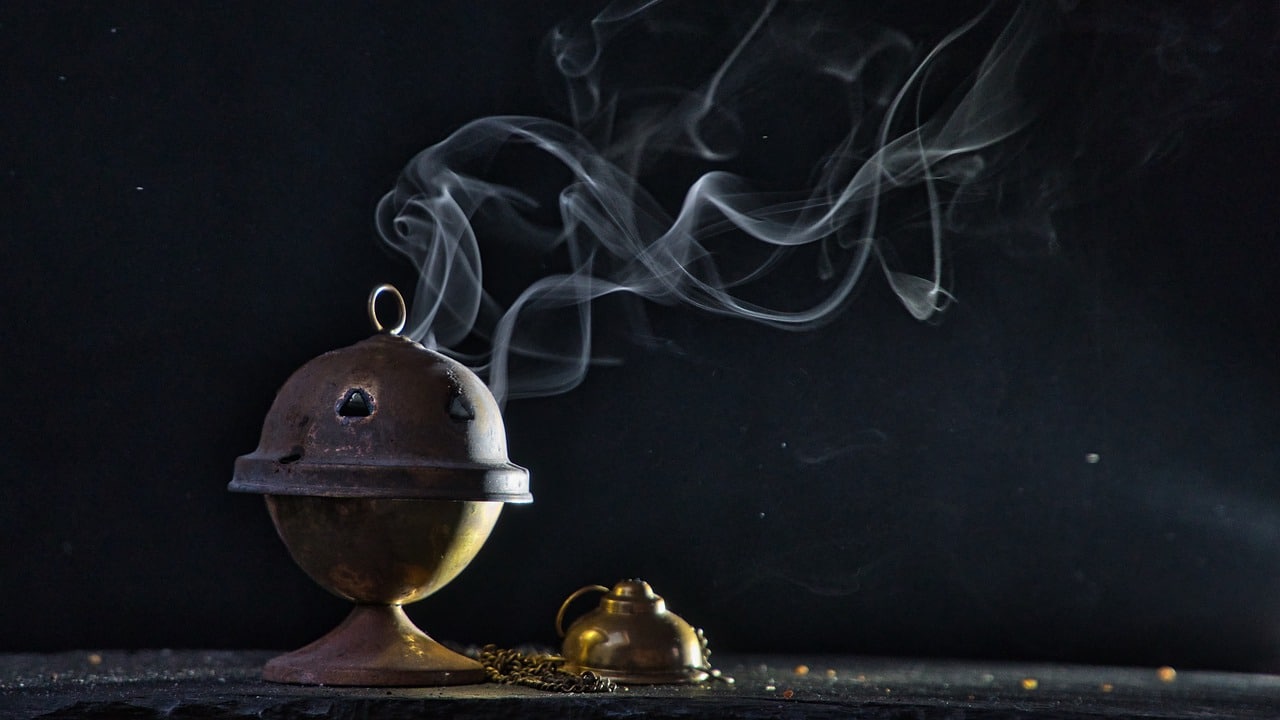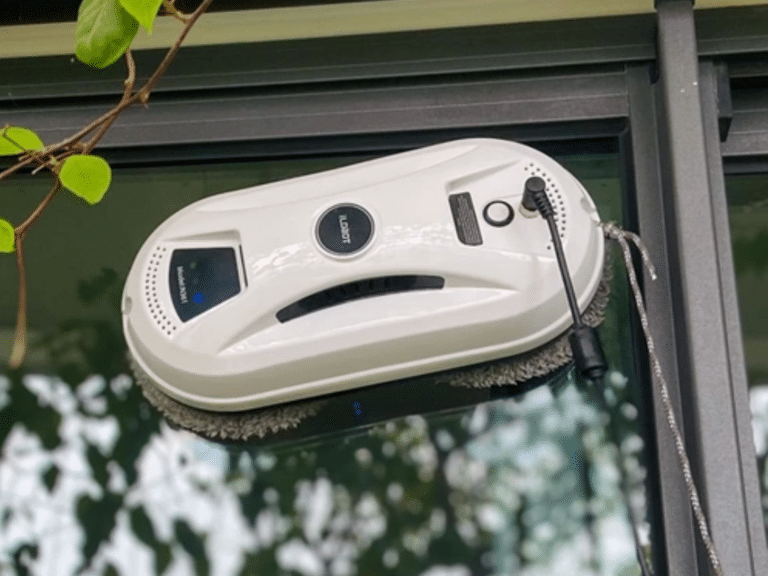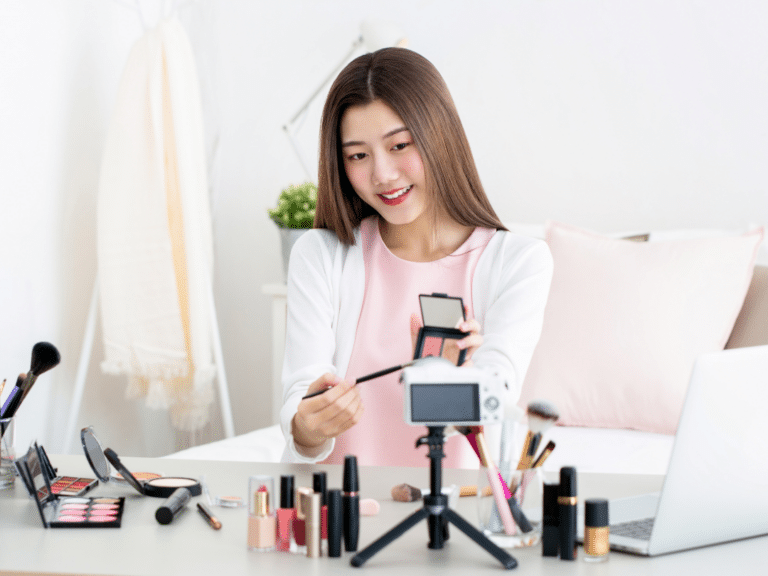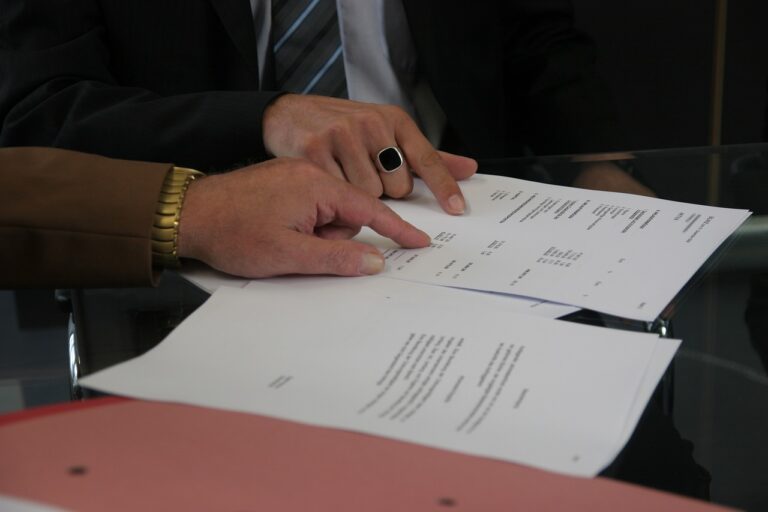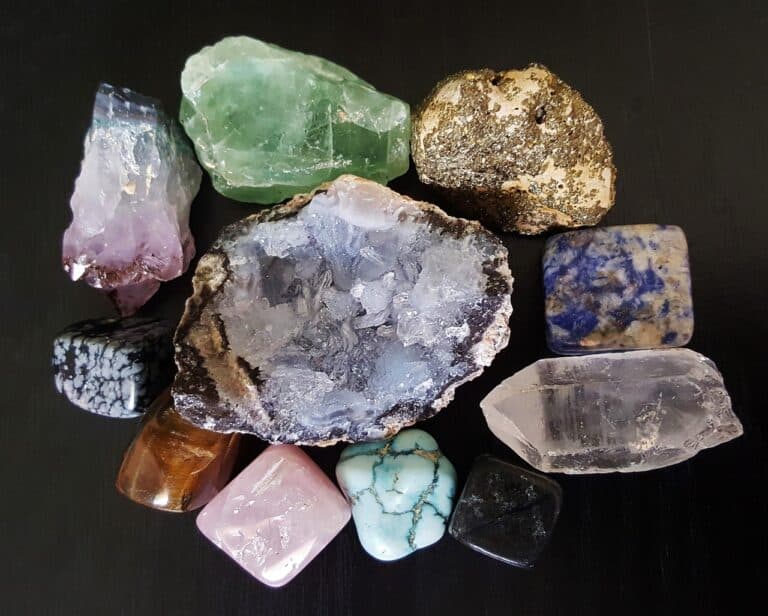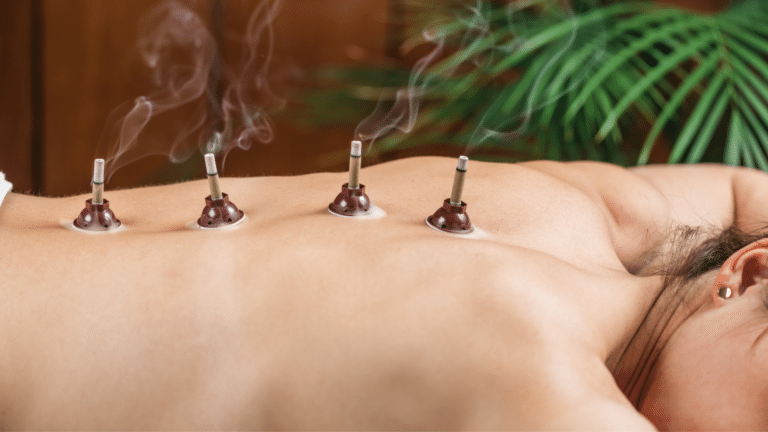Introduction
Medicinal Aroma is a type of medicinal herb with numerous applications in traditional medicine and the daily life of Chinese people. It can be used to treat illnesses, repel mosquitoes, create pleasant fragrances, promote mental relaxation, and more. However, ‘Medicinal Aroma’ is also a challenging subject for translation due to its numerous specialized terms, varied methods of use, and distinct cultural significances that differ between Chinese and Vietnamese.
In this article, we will present a case study of Chinese to Vietnamese translation focusing on the theme ‘Methods of Using Medicinal Aromas in Daily Life.’ We will analyze a Chinese text passage on medicinal aromas, compare it with two different Vietnamese translations, and evaluate the merits and drawbacks of each version. Finally, we will propose an optimized Vietnamese translation based on established translation principles and techniques.
Chinese text passage on medicinal aromas
The Chinese text passage on medicinal aromas is excerpted from an article on the website:
香药是一种草药,可以用来治疗各种疾病,也可以用来驱赶蚊虫,还可以用来制作香料,增加生活情趣。香药的种类很多,有的可以直接燃烧,有的需要用香炉或者香盒来熏香。香药的用法也很多,有的可以用来泡茶,有的可以用来泡澡,有的可以用来敷面,有的可以用来熏衣。香药的功效也很多,有的可以清热解毒,有的可以安神助眠,有的可以美容养颜,有的可以增强免疫力。香药是中华民族的传统文化之一,是一种兼具医疗和生活的神奇草药。
Two different Vietnamese translations
Two different Vietnamese translations (one by AI and one by a human translator)
Vietnamese Translation 1:
Medicinal Aroma is a type of medicinal herb, which can be used to treat many illnesses, and can also be used to repel mosquitoes, or as a fragrance, adding more interest to life. There are many types of Medicinal Aroma; some can be burned directly, while others require an incense burner or incense box to diffuse the fragrance. There are also many ways to use Medicinal Aroma: some are for infusing tea, some for bathing, some for facial application, and some for scenting clothes. The uses of Medicinal Aroma are also numerous: some are for clearing heat and detoxification, some for calming the nerves and aiding sleep, some for beautifying and nourishing the skin, and some for strengthening resistance. Medicinal Aroma is one of the traditional cultural features of the Chinese nation, a miraculous medicinal herb with both medicinal and lifestyle applications.
Vietnamese Translation 2:
Medicinal Aroma is a type of medicinal plant, which can be used to treat various ailments, and can also be used to repel insects, or as a perfume ingredient, making life richer. There are many types of Medicinal Aroma; some can be burned directly, while others require an incense burner or incense box to become intensely fragrant. The ways to use Medicinal Aroma are also diverse: some can be used for brewing tea, some for bathing, some for facial masks, and some for perfuming clothes. The efficacy of Medicinal Aroma is also diverse: some can clear heat and detoxify, some can calm the nerves and aid sleep, some can beautify and nourish the skin, and some can enhance immunity. Medicinal Aroma is one of the traditional cultural features of the Chinese people, a miraculous medicinal plant with both medical and lifestyle functions.
Evaluation of the Pros and Cons of the Two Translations
Vietnamese Translation 1:
Advantages:
Translation 1 maintains the sentence structure and word order of the source text, making it easy to follow and understand its meaning. Translation 1 also uses common and easily understandable vocabulary, without difficult specialized terms.
Disadvantages:
Translation 1 has some grammatical and vocabulary errors, which detract from the text’s refinement and accuracy. For example:
- The phrase “Dược hương là một loại thảo dược” (Medicinal Aroma is a type of medicinal herb)>: The critique suggests this should be “Dược hương là một loại dược thảo” (Medicinal Aroma is a type of medicinal plant/herb). The reasoning is that “thảo dược” is a term specifically for herbs with healing properties, while “dược thảo” is a broader term for plants/herbs with medicinal or lifestyle applications. Therefore, using “dược thảo” would be more appropriate for the text’s content.
Vietnamese Translation 2:
Advantages:
Translation 2 uses more precise and polished vocabulary than Translation 1, preserving the meaning and nuances of the source text. Translation 2 also avoids some of the grammatical and vocabulary errors found in Translation 1. For example:
- The phrase “Dược hương là một loại dược thảo” (Medicinal Aroma is a type of medicinal plant/herb)> -> Correctly aligns with the text’s content.
- “Có loại có thể đốt trực tiếp, có loại cần dùng lò hương hoặc hộp hương để thơm phức” (Some can be burned directly, some require an incense burner or incense box to become intensely fragrant) >-> Using “thơm phức” (to become intensely fragrant) instead of “xông hương” (to diffuse fragrance/fumigate) avoids repetition and creates a more vivid description.
- “Hiệu quả của dược hương” (The efficacy of Medicinal Aroma)> -> Using “hiệu quả” (efficacy) instead of “công dụng” (uses/applications) to better align with the Chinese word “功效” (gōngxiào – efficacy).
Disadvantages:
Translation 2 has some imperfections that detract from the text’s coherence and appeal. For example:
- “Có thể dùng để trị các chứng bệnh khác nhau” (Can be used to treat various ailments)> -> Using “trị” (to treat, often more clinical or specific) instead of “chữa” (to cure/treat, often more general) lessens the emphasis and specificity conveyed in the source text. “Chữa” or “điều trị” (to treat/therapy) should be used to more clearly express the medicinal effects of “dược hương.”
- “Làm cho cuộc sống thêm phong phú” (Making life richer) >-> Using “phong phú” (rich/abundant) instead of “thú vị” (interesting) disrupts the harmony and resonance with the source text. “Thú vị” or “hấp dẫn” (appealing/engaging) should be used to create a connection with the Chinese word “情趣” (qíngqù – fun/interest/appeal).
- “Cách dùng dược hương cũng đa dạng” (The ways to use Medicinal Aroma are also diverse) >-> Using “đa dạng” (diverse/varied) instead of “nhiều” (many) breaks the symmetry and consistency with the source text’s likely parallel structure. “Nhiều” or “phong phú” (abundant/plentiful) should be used to create balance with preceding and succeeding sentences.
Proposed Optimal Vietnamese Translation
Based on the strengths and weaknesses of the two translations above, we propose the following optimized Vietnamese translation:
“Medicinal Aroma is a type of medicinal plant, which can be used to treat many illnesses, and can also be used to repel mosquitoes, or as a fragrance, making life more interesting. There are many types of Medicinal Aroma; some can be burned directly, while others require an incense burner or incense box to become intensely fragrant. The ways to use Medicinal Aroma are also numerous: some can be used for brewing tea, some for bathing, some for facial masks, and some for perfuming clothes. The effects of Medicinal Aroma are also numerous: some can clear heat and detoxify, some can calm the nerves and aid sleep, some can beautify and nourish the skin, and some can enhance immunity. Medicinal Aroma is one of the traditional cultural features of the Chinese people, a miraculous medicinal plant with both medical and lifestyle functions.”
This translation preserves the structure, meaning, and nuances of the source text, while also using precise, polished, and harmonious vocabulary, creating coherence and appeal for the reader.
We hope this article by Carpe Diem Glocal has helped you better understand the Chinese to Vietnamese translation of the topic “methods of using medicinal aromas in daily life.” If you have any questions or comments, please feel free to contact us. Thank you for reading our article. 😊
Frequently Asked Questions:
The article discusses 'medicinal aromas in daily life,' a type of medicinal herb with many applications in traditional Chinese medicine and the daily life of Chinese people.
The Chinese text passage describes a type of herb made from plants, which can treat illnesses, repel mosquitoes, be used as a fragrance, and has various other uses.
The advantage of Translation 1 is that it maintains the sentence structure and word order of the source text, but it has disadvantages regarding grammar and vocabulary.
Translation 2 has imperfections, such as a lack of coherence and the use of some not entirely suitable vocabulary; it needs improvement in terms of consistency and vividness.
The proposed optimal Vietnamese translation is based on preserving the meaning and structure of the source text, using precise, polished, and harmonious vocabulary, and creating coherence and appeal for the reader.

